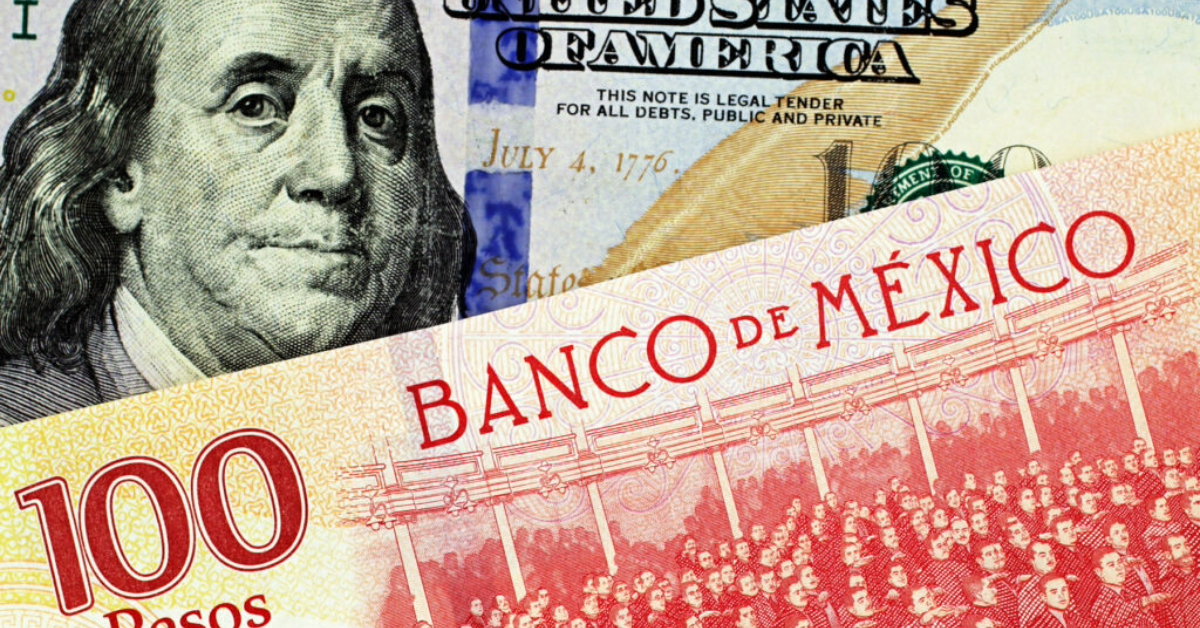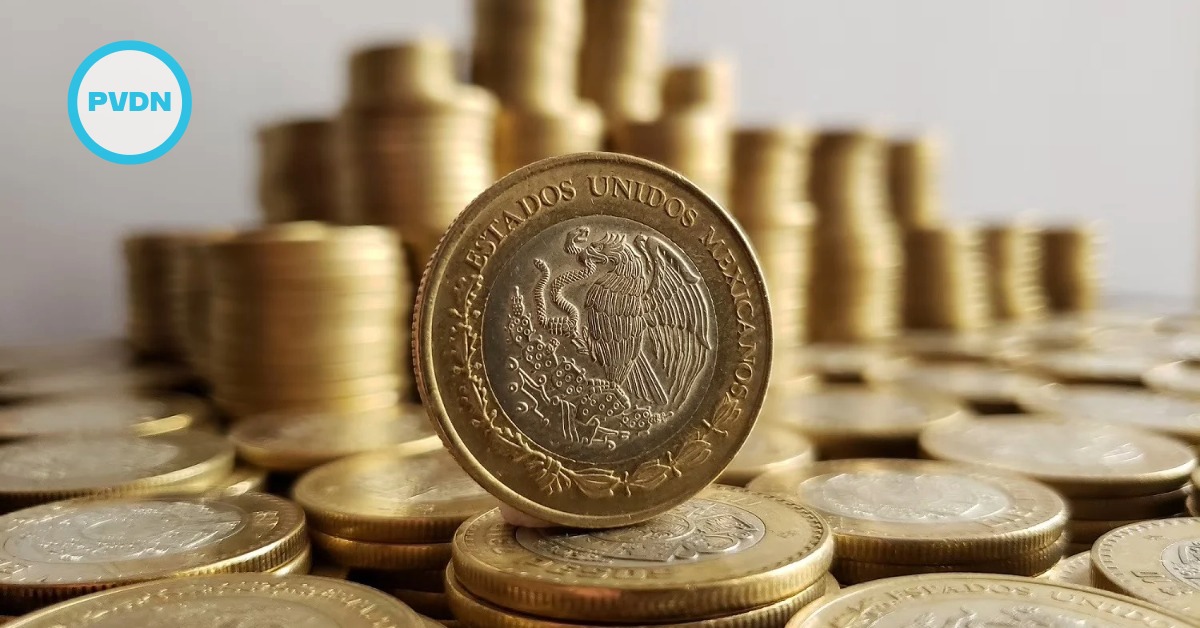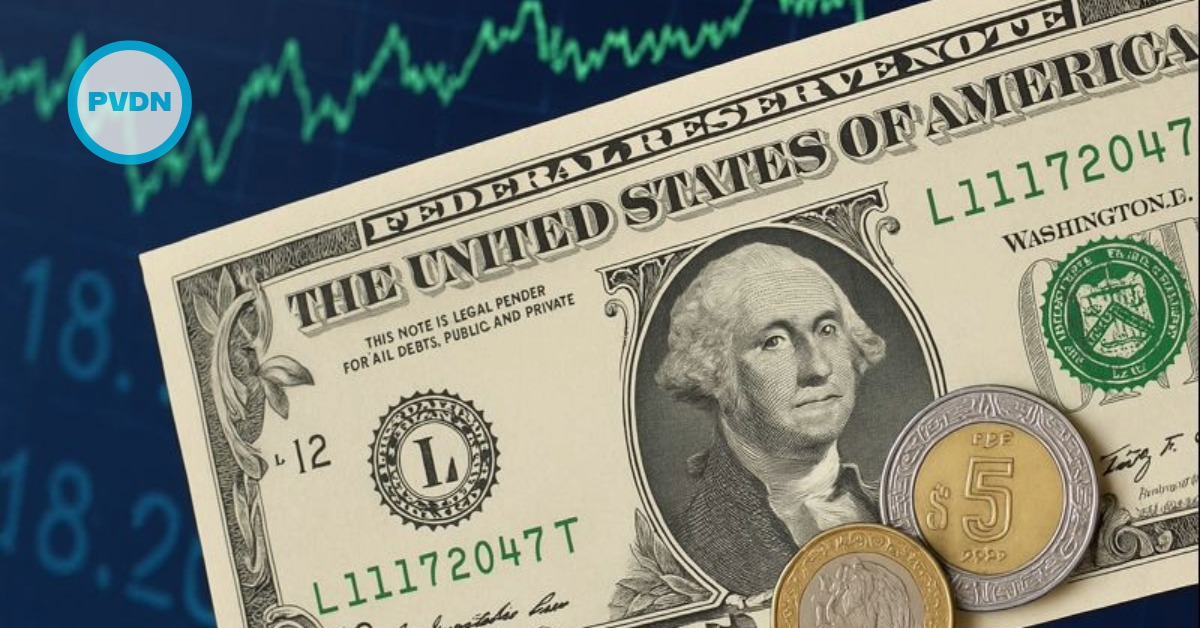The Mexican peso opened Friday’s trading session with slight losses against the U.S. dollar, influenced by ongoing risk aversion stemming from geopolitical conflicts in the Middle East. According to data from Bloomberg, the peso depreciated by 0.03 percent, settling at 20.22 pesos to the dollar—an increase of 2 centavos compared to its closing rate of 20.20 on Thursday, December 26.






